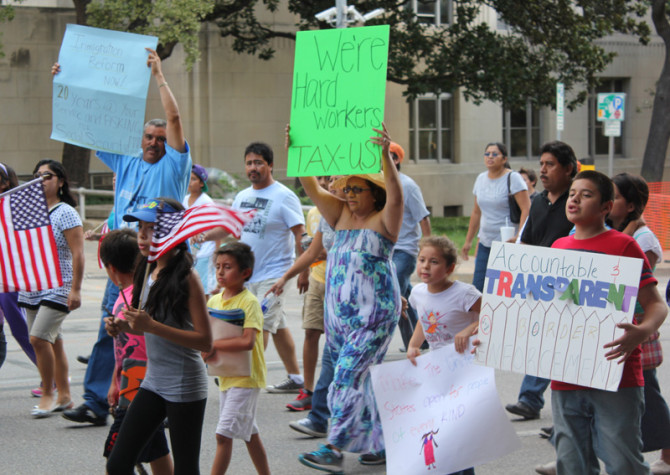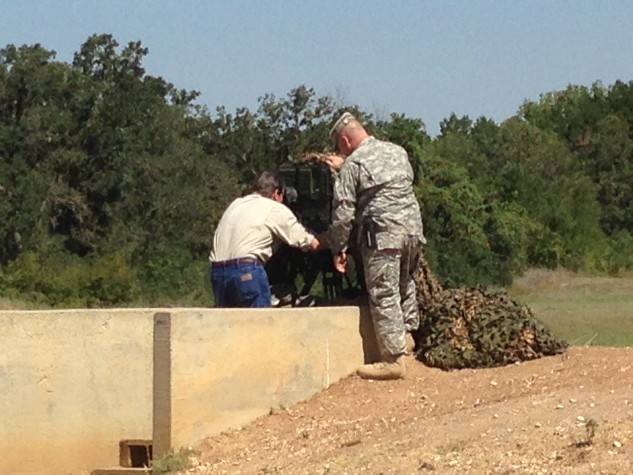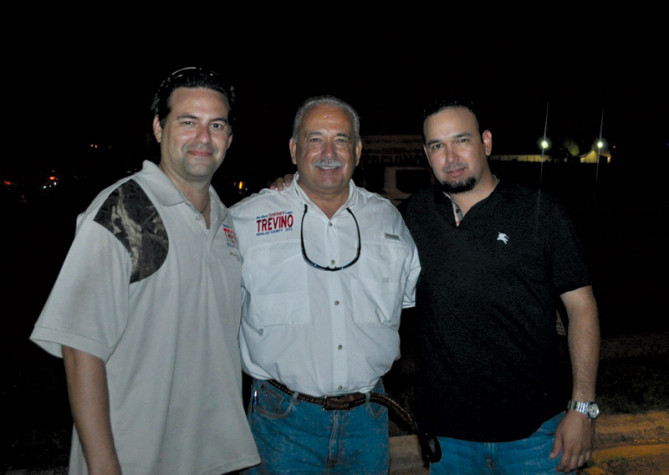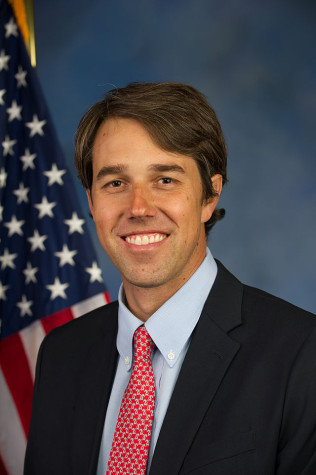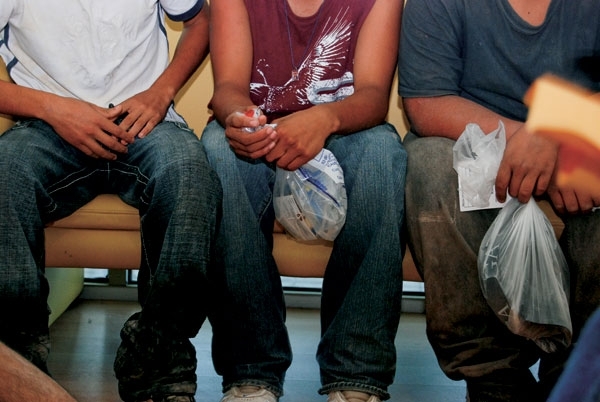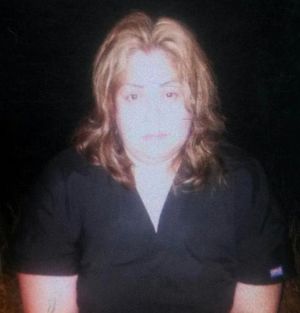
A well-known citizen journalist who used the Twitter handle @Miut3 was reportedly kidnapped and killed Wednesday in the border city of Reynosa.
Early Thursday morning, a string of threats were tweeted on the #reynosafollow hashtag from the @Miut3 account, along with what appeared to be pictures of her before and after her murder.
“Friends and family, my real name is Maria Del Rosario Fuentes Rubio, I’m a doctor and today, my life has come to an end.”
Another tweet read:
“I can only tell you to not make the same mistake I did, it doesn’t benefit you, quite the opposite as I realize today.”
Mexico has become one of the deadliest countries for journalists in recent years. The state of Tamaulipas is infamous now as a place where almost total censorship reigns under organized crime and reporters risk kidnapping and death.
Since 2010, ordinary citizens using Twitter, Facebook and other social media have tried to fill the vacuum left by traditional media. Many Reynosa residents rely on #reynosafollow to warn others of gun battles, narco blockades and other dangers in their city. They take great pains to hide their identities online. Defying the censorship can mean being killed or kidnapped.
@Miut3 was well known among #reynosafollow users and posted on a daily basis, says Sergio Chapa, interactive manager with the Harlingen TV station KGBT, who was one of the first to write about Fuentes’ alleged murder.
“It’s created a great amount of fear,” Chapa says. Reynosa’s online users worry that if the killers have Fuentes’ cell phone they’ll have their contact information as well. “Reynosafollow users are ditching their phones, changing phone numbers and doing other things to try and protect themselves.”
After the threatening posts, the @Miut3 account was deactivated by Twitter. On Thursday afternoon, the Tamaulipas attorney general’s office opened an investigation into Fuentes’ kidnapping and murder. But in a country where 98 percent of murders remain unsolved, the motives behind her killing may never be revealed and her killers never brought to justice. Because of the anonymity of the online community in Reynosa and extreme distrust of corrupt authorities in Tamaulipas, it’s difficult even to verify the simplest details of the case—like whether @Miut3 really was a doctor named Maria del Rosario Fuentes Rubio.
Chapa says one of the original leaders of the #reynosafollow hashtag who has been investigating the death is reasonably confident that @Miut3 was a doctor, but that her death had more to do with her day job than her online reporting. Chapa says his #reynosafollow source was told that Fuentes had been unable to save a young boy who’d been brought into her clinic. After that, a member of the child’s family sent men to kidnap her.
Later, according to Chapa’s source, the cartel members discovered Fuentes’ online identity and took the opportunity to intimidate other users online.
This isn’t the first time that social media users in Tamaulipas have been threatened or killed. Last year, a video on YouTube showed what appeared to be the execution of a contributor to the Valor Por Tamaulipas Facebook page, a popular place for residents to report crimes and corruption. In 2011, four social media users were murdered in Nuevo Laredo. Messages were left with their bodies threatening to kill others who reported crimes over social media.
One of the last messages from the @Miut3 account sent a chilling message to other well known online users in the #reynosafollow community:
“I found death and got nothing out of it. @Bandolera7, @civilarmado_mx and @ValorTamaulipas, death is closer to us than you think.”


